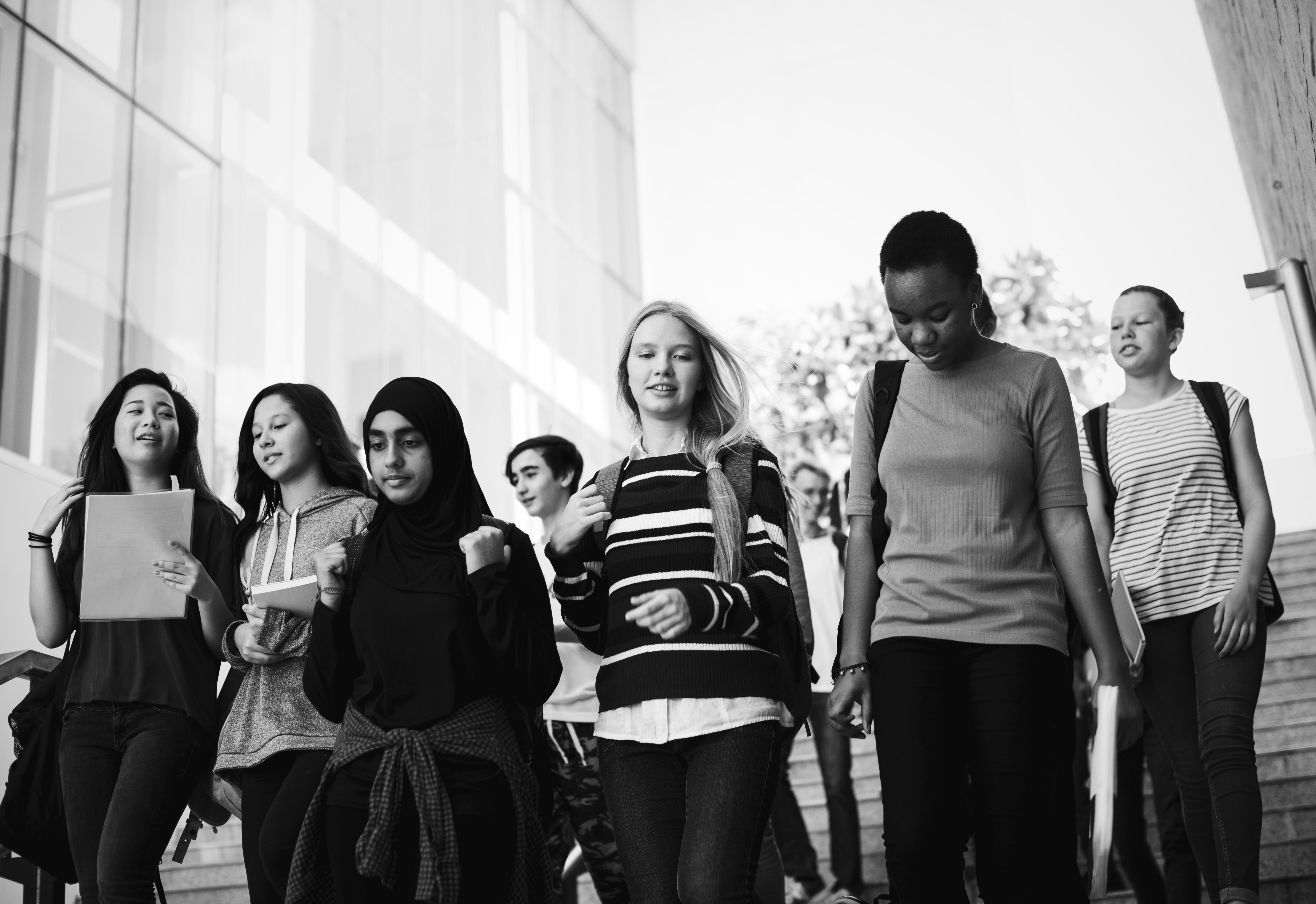As I walk along my safety journey, I have taught myself to look for inspiration and knowledge in almost every aspect of life. I am especially drawn to the US NAVY SEALS, an elite military special operations unit. Not solely because of all of their success, but because of their processes and how well they break things down to easy-to-understand practices, and how they communicate with everyone. Obviously, I am oversimplifying this very intense and complicated process, but their successes can’t be overstated. The way they shift paradigms with simple communication: as an example; “We never lose, we either win, or we learn!” While most would take losses as failures, they shift their mindset from dwelling on failure to seeing what they can do better to be successful next time. As mentioned in the last blog, the great UCLA basketball coach, John Wooden, once said, “Don’t Be Afraid of Failure, But Learn From It”. What Coach Wooden is saying is essentially the same; be willing to fail and learn from those failures. Capitalize on every failure as an opportunity to learn and get better. Another saying that is infused into everything the NAVY SEALS do is, “Make all of your weaknesses, your strengths!” Identify your weaknesses on a regular basis and turn them into your strengths.
Now you might be asking yourself how do we do that? Glad you asked. I am self-admittedly a process guy. Whenever I get stuck, rather than getting mired down in my situation, I turn to a process to get me moving again. My go-to processes are:
- Critical Thinking
- Developing Plans
- Process Improvement
- Problem-Solving
- If I am learning something new, I create a learning plan and scaffold my learning.
Let’s take a little deeper dive into these processes so we can understand how we use them to take those first steps into our Journey of 1000 Miles: School Safety.
- Critical Thinking: While we have heard this term many times, let me give a brief definition of what it means: “The objective analysis and evaluation of an issue in order to form a judgment. Critical thinking will help you find out what really matters. It will help you quickly identify and analyze tendencies and choose an appropriate course of action. To help me, I purposefully think from different perspectives, ask “what-if” and worst-case scenarios. By practicing critical thinking regularly, when it counts (like in emergency situations), I can work through these scenarios and perspectives very quickly. Note: this is a perishable skill and needs to be practiced often.
- Developing Plans: To me, developing plans are crucial to building processes and structure to what is often a chaotic and overwhelming endeavor. When we are talking specifically about your safety journey, let’s look at this as developing your lesson plans to keep you on track: your starting point, your measuring matrices and intervals, and the steps necessary to bring yourself and your team to a position where they meet the stated expectations and competencies.
- Process Improvement: We have discussed this recently, but it is necessary for us to keep this in the discussion. This is really the essence of our blog today. Being willing to risk failure for the purpose of learning and improving our safety. For this discussion, we need to focus on the identification of our areas of opportunity and formalizing a process to ensure those opportunities are not lost.
- Identify the areas for improvement
- Develop a plan for tracking the progress of recommendations
- Identify who is responsible for implementing those improvements
- And starting the process all over again
- Problem Solving: There are many problem-solving models that you can choose. They all essentially use the same steps to solve a problem:
- Identify the problem and the resources available to you;
- Determine the plan and the alternatives;
- Implement the chosen plan;
- Observe the implementation and identify any areas of needed improvements; and,
- Transition to step 1 and continue with the cycle.
- Scaffolding: To me scaffolding is the deliberate learning process of starting at the basic level, mastering that level, then increasing the complexity and breadth of knowledge as we continue to learn and show competency in our newly gained knowledge, skills, experiences, and abilities.
As we continue down the path of exploration and learning for the purpose of keeping our schools, campuses, and all who visit safe, we must acknowledge there will be times of frustration and “failures” (opportunities to learn). Don’t squander those opportunities, but embrace them, grow from them, and save lives in the process. As always, we encourage comments and suggestions. Take time to listen to our podcast: Coffee with Kelly: A Discussion on School Safety. Please be safe and take an active role in your own safety.












No Comments Yet
Let us know what you think